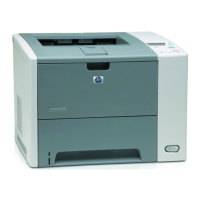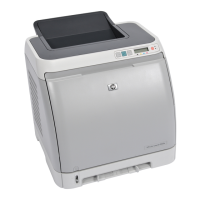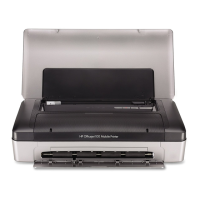EN Echo Command 16-25
Echo Command
The Echo command echoes its value field (in ASCII format) back to
the host.
E
C
* s # X
# =Echo value (ASCII)
Default = 0
Range = –32767 to 32767
If multiple users are requesting status, it can be difficult to distinguish
one user’s status response from another. The Echo command
provides the means to label status responses. Since the
user-selected value for the value field is returned, this command
can be used as a user identification mark or “place holder.”
Sending the Echo command, with a specific user-selected value,
at the beginning of a status request enables users to identify their
status response data.
Notes Status readback requests are processed in the order they are
received.
Status readback responses are returned to the printer port from
which they were received.
When selecting an echo value, it is important to select a number
which is not likely to be used by another user, such as a random
number.
This example illustrates why using the Echo command with a random
number is important. Assume an application uses a fixed number
each time the Echo command is sent. Further, assume the printer
running the application was turned off after the application sent the
Echo command followed by a Free Space command. The printer
generates the status readback responses to the Echo command and
Free Space commands. Since the host is not accepting data, the data
will be in the printer waiting for the host to accept it. Now, assume the
host computer is turned on and the application is again executed.
